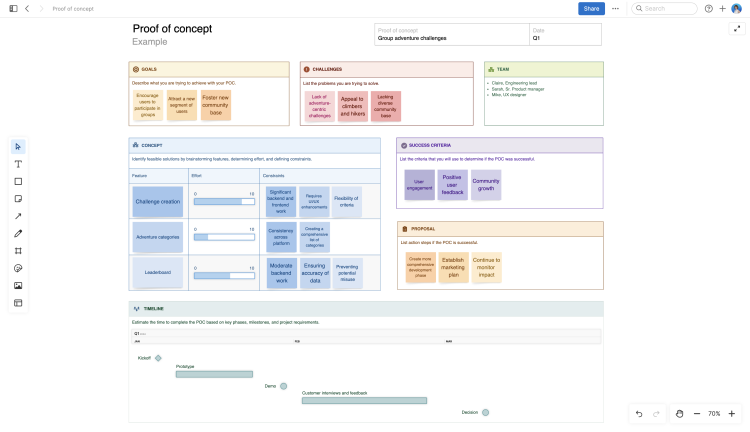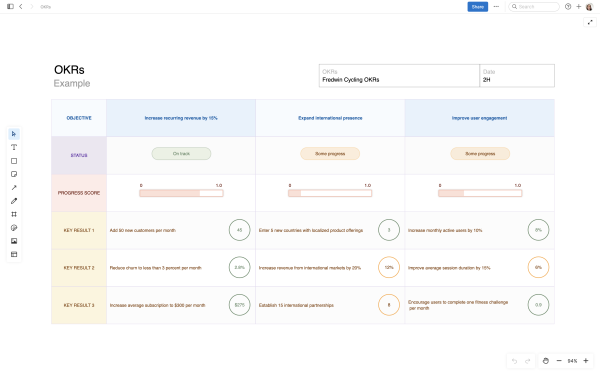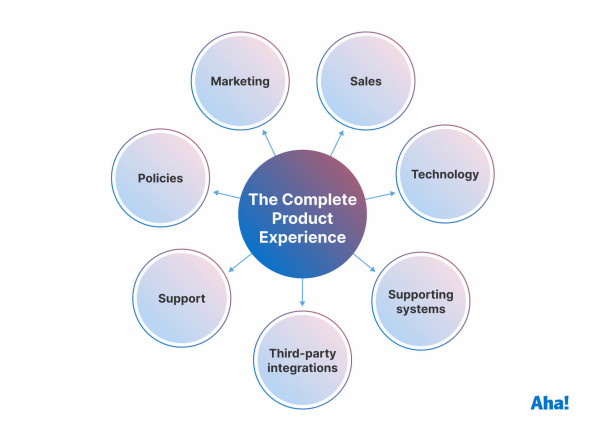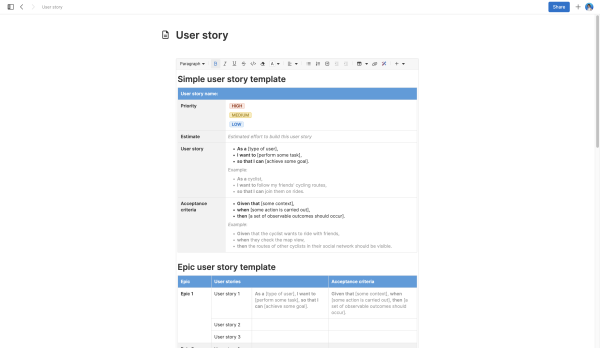What is a Minimum Lovable Product (MLP)? (Plus, MLP vs. MVP)
A Minimum Lovable Product (MLP) is an initial offering that users love from the start. It represents the minimum that is required for customers to adore a product, rather than merely tolerating it.
The MLP serves as a counterpoint to the Minimum Viable Product (MVP). Just like it sounds, an MVP is the minimum required for an initial offering to be viable in the market. Many companies create an MVP as a way to quickly launch a product with basic functionality. However, delivering the bare minimum can leave customers frustrated, driving them to seek alternative solutions.
Many have written about the idea of creating a lovable product. Aha! co-founder and CEO Brian de Haaff first introduced the concept of the MLP in 2013, then expanded on it in his bestselling 2016 book, Lovability. He argued that pursuing an MLP is fundamental to cultivating customer happiness, which leads to long-term business growth.
Why is the MLP important?
Customers today have many options. Their relationship with technology, in particular, is highly transactional. If a customer's experience with your product leaves them feeling unsatisfied, unheard, or unappreciated, they will quickly move on to find something better.
This is why you need to distinguish yourself — from the very first interaction a customer has with your company to the product experience itself. An MLP can be a way to differentiate your product in a crowded marketplace.
To build an MLP, you must deeply consider what customers care about, the problems they have, and how to make their lives better. Consider the customer experience as a whole and strive for love at every stage. As a result, customers will not only purchase your product or service — but they will also want to see your company thrive.
Starting with an MLP mindset also informs how you continue to build upon your initial product offering. As you iterate, you are always thinking about how to delight your customers rather than doing the bare minimum.
Various frameworks can help you begin to embrace the MLP. For example, completing a proof of concept can be an effective way to flesh out a concept, document what problems you hope to solve, and consider how a new product or feature can support your goals. Try it out with this template in Aha! software.

MLP vs. MVP
MLP thinking builds upon the concept of the MVP, which aims to create the most basic version of a product with just enough features to be usable. As noted above, the goal of an MLP is to think about the Complete Product Experience (CPE) and strive to achieve lovability as your product matures. The goal of an MVP is to get an offering to market quickly and cheaply so the team can establish business viability, learn about the target market, and then improve the product over time. Here is an overview of the differences between the MLP and MVP:
MLP principles | MVP principles |
Goal is to disrupt | Goal is to increment |
Problem can be understood | Problem cannot be understood |
Market can be analyzed | Market cannot be analyzed |
Customers know what they want | Customers do not know what they want |
Many product alternatives exist | Few product alternatives exist |
Make architecture decisions because technology is sufficiently stable | Avoid architecture decisions because technology is unpredictable |
Dedicated effort to the opportunity | Lean effort because success is unlikely |
Focus | Pivot |
Customers love your product | Customers tolerate your product |
Investing more thought and time upfront is worthwhile because it increases the likelihood that you will create something that people need and care about. But adopting an MLP mindset is just the first step towards delighting customers. As you grow, continue to focus on building a lasting relationship with customers to deliver a truly lovable product.


